There is often much conversation around certain personality types changing into a different type to what they were before. This is a common theme where people believe they started out as one personality type and moved into a different group. In most cases, this is a misconception.
INTPs and ENTPs share several similar characteristics, so it can sometimes be difficult to tell them apart. However, an INTP that “turns into” an ENTP at a later stage of their life was most likely an ENTP all along but simply started becoming a mature version of an ENTP as they aged.
The Myers-Briggs personality types are essentially designed to describe individuals as they are instead of forcing them into a certain box. With this in mind, the cognitive functions that dominate are regarded as something we are born with and cannot be changed with time. Instead, we may simply evolve within the specific type to become a better version of that type.
Can An INTP Turn Into An ENTP?
The short answer to the question of “can an INTP turn into an ENTP” is simply “no.” The Myers-Briggs personality type indicator is a system that seeks to describe people as they are when they are born. The theory states that we are born with certain cognitive functions that strengthen or weaken as we mature.
There is naturally a high degree of trait overlap between all personality types. The idea is not to force particular parties to fit into a specific box. It is extremely common for individuals to possess traits from multiple personality groups. Many people will not fit plainly into one of the 16 specific personality types. Still, they will have distinguishing features across multiple types.
However, most individuals’ cognitive functions will categorize them into one specific personality type. These will not change as they are traits with which the person is born. What happens in most cases when people think they have changed into a different personality type, is that they have simply become a mature version of the type they were all along.
There are many similarities between INTPs and ENTPs, as the four main functions are the same. However, how these functions are presented causes major differences between the two types. ENTPs and INTPs possess many similar characteristics, and you will see many similarities in their behaviors.
However, INTPs and ENTPs are fundamentally different and perceive the world completely differently. In some cases, a young ENTP can be perceived as an INTP. This is usually a result of the person not having matured fully into their personality.
As this person ages, they will mature and start to exhibit signs more closely resembling an ENTP. If this is the case for an individual, it usually means that the person was mistyped as an INTP at a young age but was really an ENTP all along. The current changes simply indicate that the person is developing into a mature ENTP.
If an INTP were to work hard on developing their auxiliary, tertiary, and inferior functions, it would make a big difference to their lives. However, this would not turn them into an ENTP – they will remain an INTP, albeit a mature one.
Despite how your fundamental personality type does not change, it will still evolve over time. This is especially true if you put in the effort to improve certain aspects of your personality that you believe need improving.
Similarities Between INTPs And ENTPs
Due to having several functions in common, INTPs and ENTPs possess several similarities. INTPs and ENTPs are both extremely creative individuals with great intellectual capabilities. As a result of their inherent intellect and curiosity, neither type enjoys boring, predictable routines in their day-to-day lives.
Both INTPs and ENTPs possess the capacity to work alone, but there are differences in how this manifests for both types. ENTPs and INTPs are both excellent problem solvers. They thoroughly enjoy theorizing and philosophizing about the world around them.
Neither type is overly social as a general rule, but this depends on the circumstances. Both types despise small talk and will avoid these conversations at all costs. Both personality types will generally seek out meaningful, stimulating conversations to have some sort of fulfillment from social interactions.
Differences Between INTPs And ENTPs
Despite many similarities and significant overlap of personality traits, INTPs and ENTPs see the world fundamentally differently. ENTPs tend to look at the world from a big picture perspective, often missing nuances and finer details.
INTPs, on the other hand, generally see the world in the opposite way. They tend to focus on smaller details and nuances, and they are more in tune with the parameters of the real world that restrict them in one way or another.
INTPs and ENTPs are essentially mirror images of one another. Their Dominant and Auxiliary functions are opposite to one another.
In general, ENTPs are the more talkative individuals who are more assertive in social situations. ENTPs are generally far more willing to collaborate than most INTPs. While they can work independently, ENTPs would prefer to have someone around with whom they consult when needed and would prefer to explore ideas with other people.
INTPs work far better in isolation and have an innate ability to focus and remain on task for long periods. They prefer to communicate in written form and will prefer to work on ideas on their own while attempting to express their ideas as precisely as possible. An INTP is less likely to seek the help of others and will instead opt to make decisions on their own while seeking out solitude.
ENTPs have an enormous variety of interests that seem to see no end. They can often be distracted by the next thing before completing what they started. INTPs generally have far fewer interests, dedicating their energy to a set few interests to which they fully devote themselves.
Conclusion
While many believe it is possible to change personality types throughout your lifetime, the Myers-Briggs personality type indicator theory states that we cannot change types. It states that we are born with certain cognitive functions that can develop and mature as we start to get older and are exposed to different life experiences.






